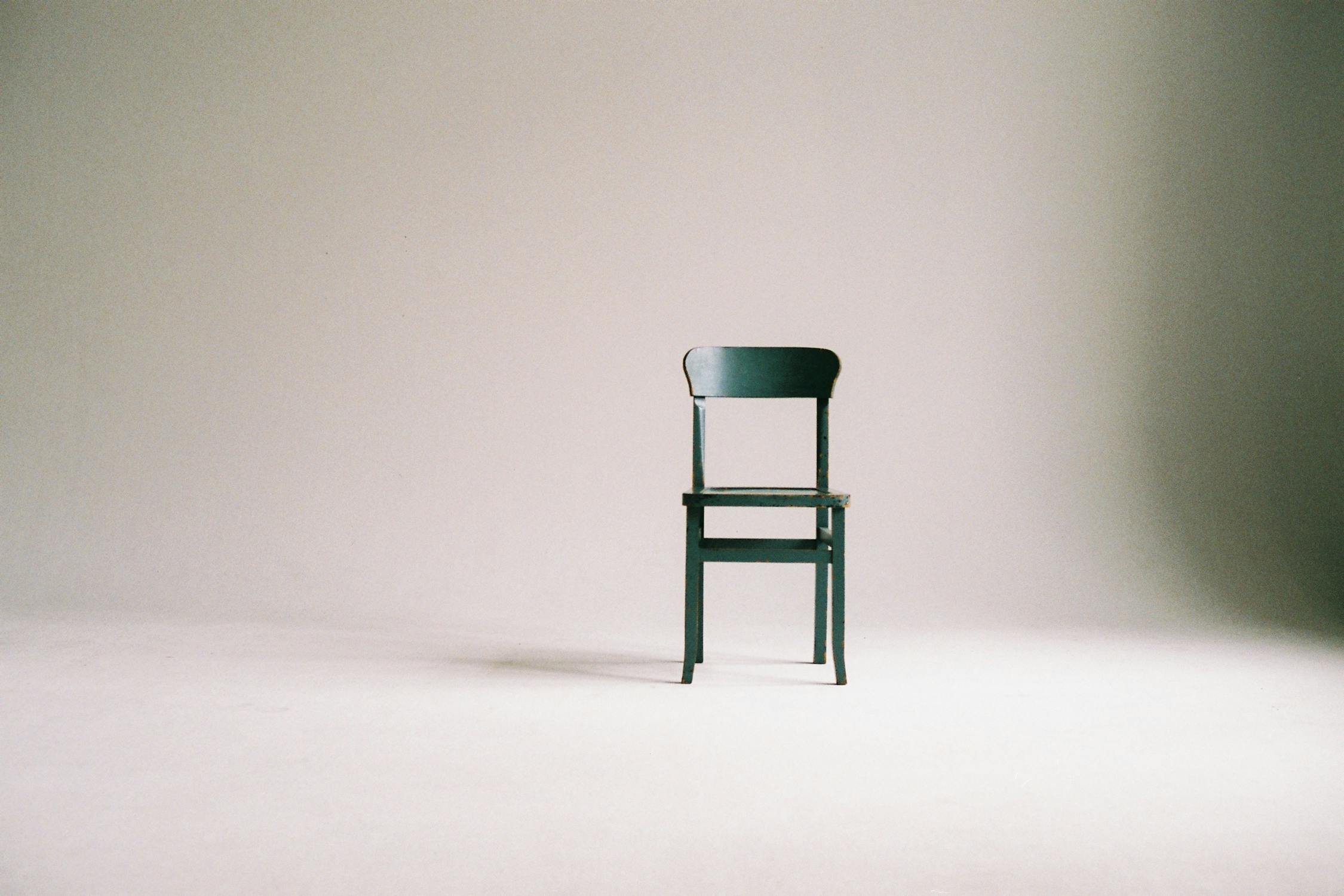Enhancing Portraits with Backlighting
Backlighting is a powerful technique in portrait photography that can transform a simple image into a striking piece of art. By positioning the light source behind your subject, you create a halo effect that adds depth and drama to the photograph. This method, often used by seasoned photographers, can highlight details and textures that might otherwise be overlooked.

Grasping the ways to effectively use backlighting involves more than just placing your subject in front of a light source. It requires knowledge of angles, exposure settings, and the ability to anticipate how light interacts with different elements in the scene. With practice, you can master this technique to create portraits that stand out.
Understanding Backlighting
Backlighting occurs when the main light source is placed behind the subject, facing towards the camera. This setup can create beautiful silhouettes and highlight edges, adding a unique flair to your portraits. The key is to control the exposure so that the background light doesn't overpower the subject.
One essential aspect of backlighting is managing lens flare. Lens flare can add an artistic touch if used correctly but can also ruin a shot if uncontrolled. Using a lens hood or positioning your hand to block direct sunlight can help manage unwanted flare.
It's crucial to experiment with different angles and positions to see how the light interacts with your subject. For example, shooting during the golden hour—shortly after sunrise or before sunset—provides soft, warm light that enhances the backlighting effect.
Technical Settings for Backlit Portraits
Achieving the perfect backlit portrait requires adjusting your camera settings to balance the exposure between the subject and background. Here are some key settings to consider:
- Aperture: A wider aperture (low f-stop) allows more light into the camera, helping to illuminate the subject against a bright background.
- Shutter Speed: A faster shutter speed can help prevent overexposure in bright conditions.
- ISO: Keeping ISO low reduces noise, especially important when shooting against a bright light source.
Using spot metering mode helps ensure that your subject is correctly exposed. This mode measures light from a small area of the frame—typically where your focus point is—making it easier to expose for your subject rather than the background.
Creative Applications of Backlighting
Backlighting isn't just for creating dramatic silhouettes; it can also be used creatively to enhance various elements of your portrait photography:
- Hair Light: Placing the light source behind and slightly above your subject can create a rim light around their hair, adding depth and separation from the background.
- Bokeh Effects: Using a wide aperture with backlighting can produce beautiful bokeh effects in the background, making your subject stand out even more.
- Mood Setting: Backlighting can evoke different moods depending on its intensity and angle. Soft backlighting creates a dreamy atmosphere, while harsher light can add tension and drama.
Editing Backlit Portraits
The post-processing stage is crucial for perfecting backlit portraits. Software like Adobe Lightroom and Photoshop offers tools to enhance these images further. Key adjustments include:
- Exposure: Fine-tuning exposure levels ensures both subject and background are well-balanced.
- Contrast: Increasing contrast helps define edges and highlights created by backlighting.
- Color Temperature: Adjusting color temperature can enhance or neutralize the warm tones often present in backlit shots.
Dodge and burn techniques are also effective for emphasizing highlights and shadows. These methods allow for precise control over specific areas of your image, ensuring that your subject remains the focal point while maintaining overall harmony in lighting.
Tips from Professional Photographers
I have found that patience and experimentation are key when working with backlighting. Every scene presents unique challenges and opportunities. Renowned photographers often share these tips:
- National Geographic: "Take advantage of natural elements like fog or dust in the air; they can diffuse light beautifully."
- Time: "Use reflectors strategically to bounce some of that backlight onto your subject's face."
- Vogue: "Experiment with different lenses; sometimes a prime lens offers better control over flares and highlights."
The Role of Backlighting in Modern Photography
The use of backlighting has evolved significantly over time. Once considered challenging due to technical limitations, advancements in camera technology now make it accessible for photographers at all levels. Modern sensors handle dynamic range better, allowing more flexibility in capturing details in both shadows and highlights.
This technique has become prevalent across various photography genres beyond portraits. Landscape photographers use it to enhance textures in nature scenes, while fashion photographers utilize it for dramatic editorial shots. Understanding its versatility allows you to apply backlighting creatively across different contexts.
Mastering backlighting opens up new creative possibilities in portrait photography. By understanding how to control exposure, manage lens flare, and apply post-processing techniques effectively, you can elevate your images from ordinary to extraordinary.